
Volvo V90 review
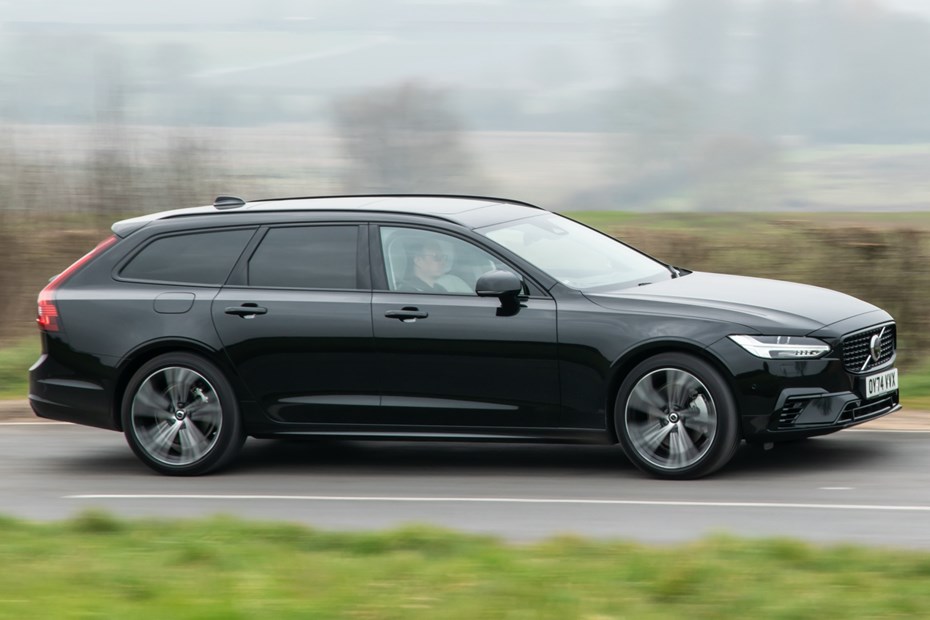
At a glance
| Price new | £45,515 - £70,910 |
|---|---|
| Used prices | £9,688 - £52,668 |
| Road tax cost | £35 - £620 |
| Insurance group | 27 - 44 |
Get an insurance quote with

|
|
| Fuel economy | 29.7 - 50.4 mpg |
| Range | 484 - 752 miles |
| Miles per pound | 4.4 - 6.4 |
| Number of doors | 5 |
| View full specs for a specific version | |
Available fuel types
Petrol
Diesel
Hybrid
Pros & cons
- No boot space penalty for PHEV
- High-tech safety kit as standard
- Impressive passenger space in the rear
- Boot size isn't its strongest point
- Not as good to drive as some rivals
- Pricey high-spec models and options
Volvo V90 rivals
Overview
It’s back, but for how long? That’s right, after killing off the Volvo V90 and smaller V60 estate cars in the UK during 2023, the Swedish safety specialists reintroduced them both in 2024 after a swell of interest and orders.
Why? Despite making a terrific family car – as our long term test proves – the popularity of Volvo’s SUVs saw sales falling. Expect this to be a temporary reprieve, though. Volvo has already shown its next-generation ES90 large electric saloon, but there’s not expected to be an estate version of this hatchback. A shame, but also an inevitability.
The V90 faces some formidable opposition for the money: the BMW 5 Series Touring, Mercedes-Benz E-Class Estate and Audi A6 Avant are all direct rivals, and each have their own appeal. Their makers have perfected the art of building desirable premium models, so Volvo has its work cut out going head-to-head with these players.
It might not be the largest estate car of them all, but it does offer an awful lot of capacity for a plug-in hybrid. The V90 is a stylish car, too. The boxiness of big Volvo estates from the past has gone, and this car cuts a dash thanks to the company’s signature ‘Thor’s Hammer’ LED daytime-running lights.
Inside, Volvo’s gone its own way, too. Using design elements shared with the XC90, the V90 is light and airy, and offered in some very interesting colour/material combinations. In many respects it’s a more comprehensively designed interior experience than those rivals offer. The large central touchscreen that replaces many of the buttons is in portrait orientation rather than landscape, and the latest models have a very high level of Google integration.
The driving experience is very particular to the V90, as well. Volvo calls its approach ‘Relaxed Confidence’ and it’s a refreshing change from the sporty pretensions of German rivals. This is a quiet, comfortable cruiser – particularly if you opt for the adaptive suspension package. Based on the same Scalable Product Architecture (SPA) underpinnings as many other Volvo models, the components are well proven and reliable. The engines are all mild hybrids or plug-in hybrids; the latter is one of the best hybrid estates available.
There was also a Volvo V90 Cross Country. With higher suspension and plastic cladding, it was aimed at people who wanted something a bit more rugged with four-wheel drive. This and the other combustion engined V90s died in 2023, with the 2024 onwards range going fully plug-in hybrid
Over the next few pages we’ll be thoroughly reviewing every aspect the Volvo V90 to give our comprehensive verdict. The scores take into account the driving experience, how pleasant the interior is, the practicality on offer and how much it will cost to run. If you’re curious about our processes, have a read of our how we test page.




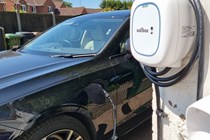
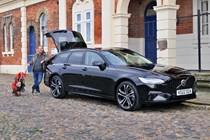
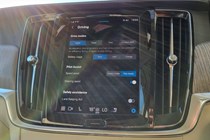
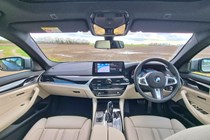


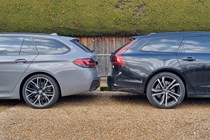
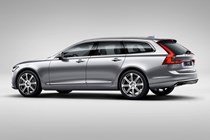

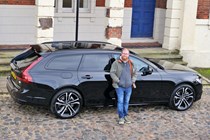
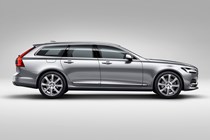

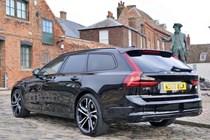
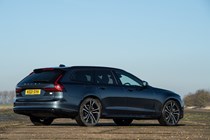
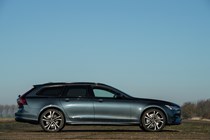

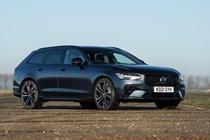
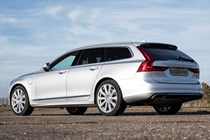

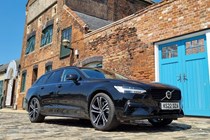
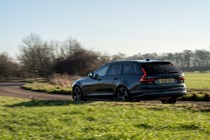
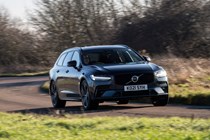
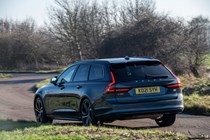

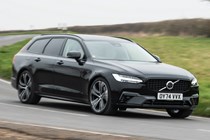
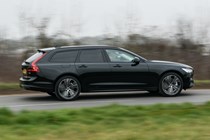
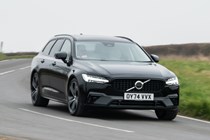
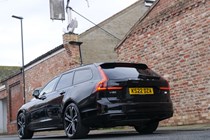
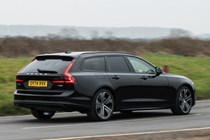
.jpg)
.jpg)
.jpg)
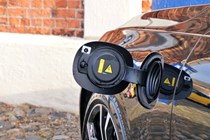
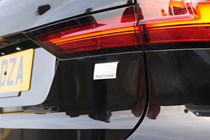
.jpg)
.jpg)
.jpg)
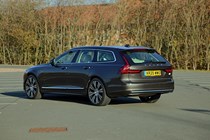
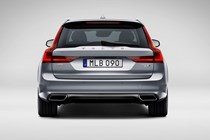
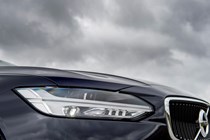
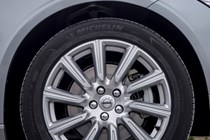
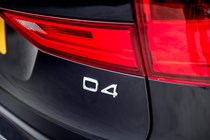
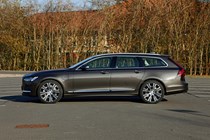
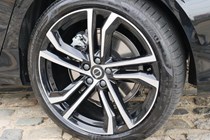
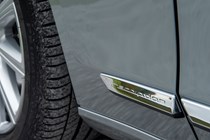
.jpg)
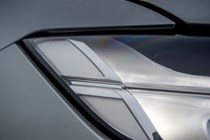
.jpg)

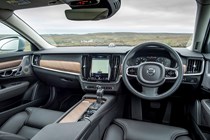
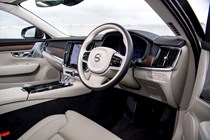
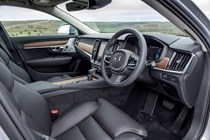
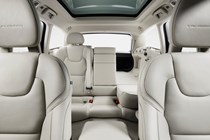
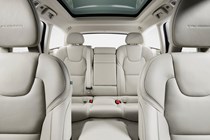
.jpg)
.jpg)
.jpg)
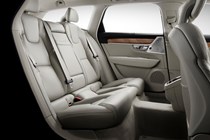
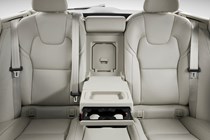
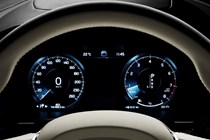
.jpg)
.jpg)
.jpg)
.jpg)
.jpg)
.jpg)

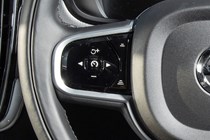
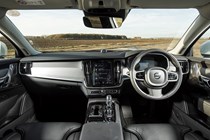
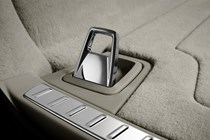
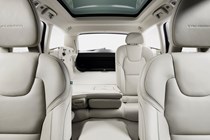
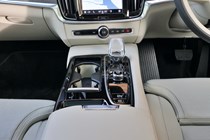
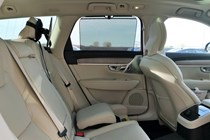
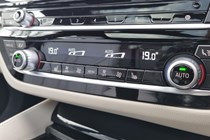
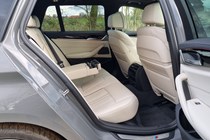
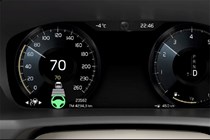
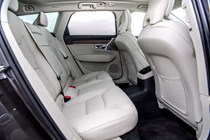
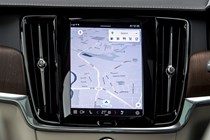
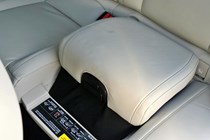
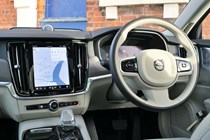
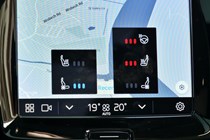
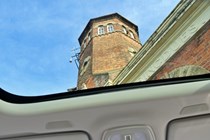
.jpg)
.jpg)
.jpg)
.jpg)
.jpg)
.jpg)
.jpg)
.jpg)
.jpg)
.jpg)
.jpg)
.jpg)
.jpg)
.jpg)
.jpg)
.jpg)
.jpg)
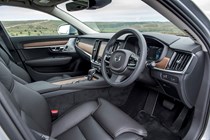

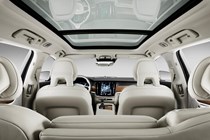
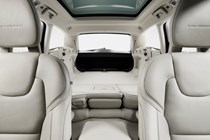

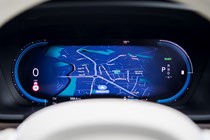
.jpg)
.jpg)
.jpg)
.jpg)
.jpg)
.jpg)
.jpg)
.jpg)

.jpg)
.jpg)
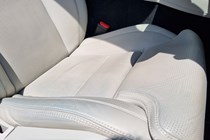
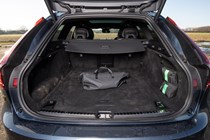
.jpg)
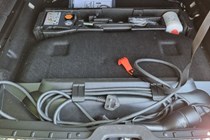


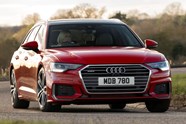
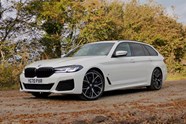
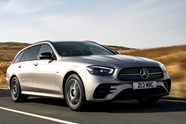































.jpg?quality=50)
.jpg?quality=50)
.jpg?quality=50)


.jpg?quality=50)
.jpg?quality=50)
.jpg?quality=50)








.jpg?quality=50)

.jpg?quality=50)






.jpg?quality=50)
.jpg?quality=50)
.jpg?quality=50)



.jpg?quality=50)
.jpg?quality=50)
.jpg?quality=50)
.jpg?quality=50)
.jpg?quality=50)
.jpg?quality=50)
















.jpg?quality=50)
.jpg?quality=50)
.jpg?quality=50)
.jpg?quality=50)
.jpg?quality=50)
.jpg?quality=50)
.jpg?quality=50)
.jpg?quality=50)
.jpg?quality=50)
.jpg?quality=50)
.jpg?quality=50)
.jpg?quality=50)
.jpg?quality=50)
.jpg?quality=50)
.jpg?quality=50)
.jpg?quality=50)
.jpg?quality=50)






.jpg?quality=50)
.jpg?quality=50)
.jpg?quality=50)
.jpg?quality=50)
.jpg?quality=50)
.jpg?quality=50)
.jpg?quality=50)
.jpg?quality=50)

.jpg?quality=50)
.jpg?quality=50)


.jpg?quality=50)


